7 Interesting Facts about The Prophet’s Mosque in Medina
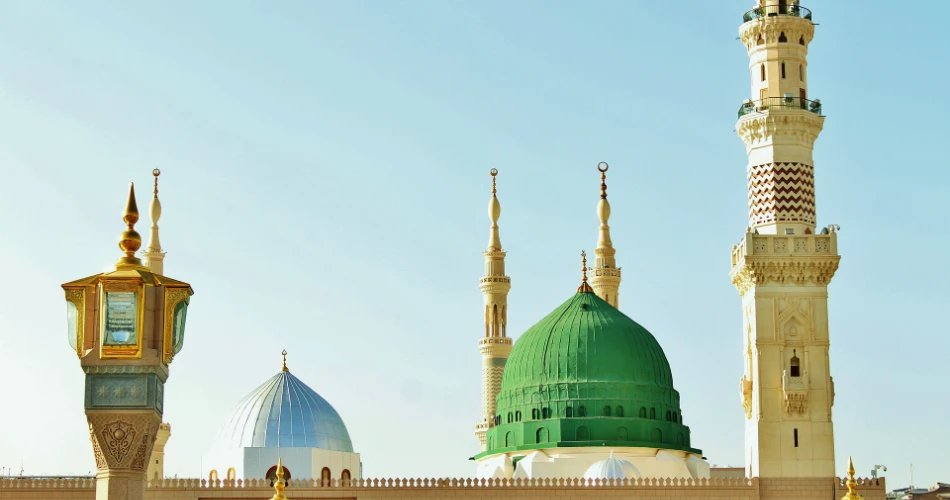
Masjid Al Nabwi is among the holiest places in Islam and is particularly dear to millions of Muslims all across the world. Originally constructed by the Holy Prophet (PBUH) following the Hijrah, it started as a unique open-air, mud-brick structure with an elevated platform for the Holy Quran's recitation. Today, Masjid al Nabawi boasts a stunning Green Dome, white marble surfaces, golden fences, minarets, courtyards with sliding doors, cooling systems, retractable umbrellas, and well-maintained seating areas.
Did you know that even though the Prophet’s Mosque is one of the most iconic and revered landmarks, there are still some fascinating details you might not know? Read on for 7 intriguing facts about the Prophet’s Mosque that will deepen your appreciation of this sacred site!
Medina Is Where the Prophet Muhammad (PBUH) Is Buried

Saudi Arabia is the birthplace of Islam and home to Makkah and Madinah, the two holiest cities in the Islamic world. Madinah, “The City of Prophet Muhammad and “The Enlighted City,” is the 2nd holiest place after Makkah in Islam. This is because it is the city where the Prophet Muhammad (PBUH) sought refuge after migrating from Makkah. It is also the location of his burial place. In 622 CE (1 AH), the Prophet (PBUH) played a central role in the construction of the mosque, which has since become one of the holiest sites in Islam.
The Prophet’s Mosque is Bigger than the ancient city of Yathrib (Now Madinah)
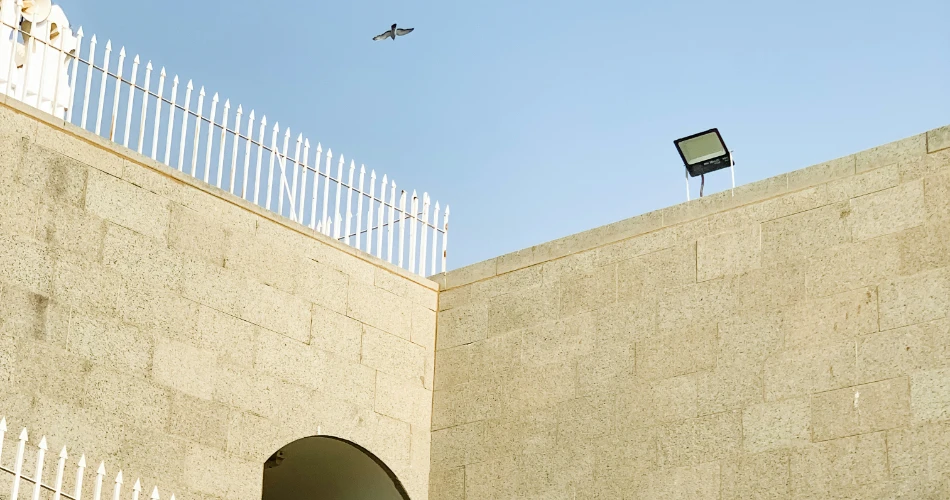
With an area of 82000 square meters and an elevation of 12.55 meters, the Masjid al Nabawi can accommodate over 3.2 million individuals where they can pray peacefully. It has grown a hundred times since it was founded and has become bigger than Madinah's ancient city (Yathrib). Additionally, Jannat ul Baqi also known as the Garden of Paradise was first situated outside of Madinah but now it is located on the Prophet's Mosque grounds.
Muhammad's (PBUH) House is Adjacent to the Prophet's Mosque
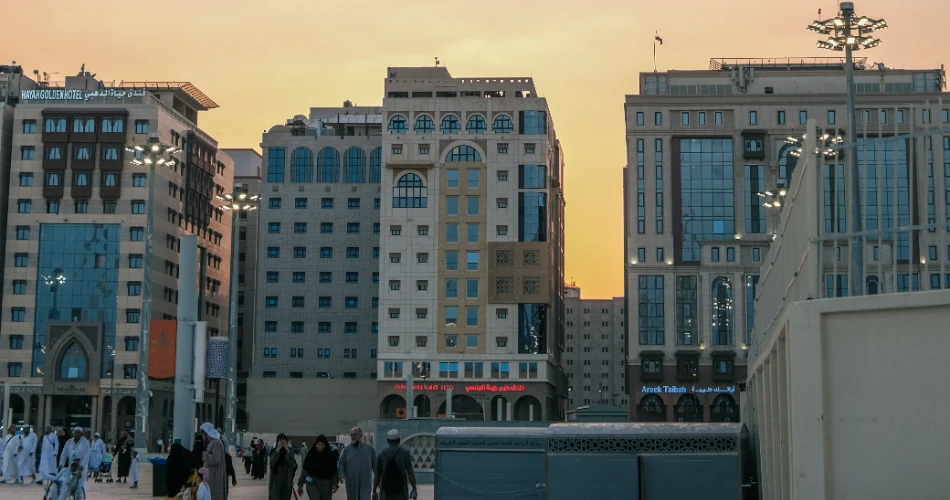
Muhammad (PBUH) and his spouse, Aisha Bint Abu Bakr (RA), resided close to the mosque in an area referred to as “The Sacred Chamber". It is set in the southern part of the Prophet's Mosque. When the Messenger of Allah passed away, he was laid to rest on the southern side of the chamber, while his beloved wife found her place on the northern side, creating a sacred and lasting bond in the heart of the mosque. When Aisha's father, Abu Bakr (RA), passed away he was laid to rest alongside the Prophet. Later, the 2nd caliph, Omar ibn Al-Khattab, passed away and was buried next to Aisha's father. During the rule of Al-Walid I, the mosque was enlarged to accommodate the burials. Today, over the graves there is a green-colored dome that can be seen from a distance. Although the building was constructed in 1279 CE, the Green Dome didn't get its name until 1837 when the dome was colored green for the first time.
Every Year, Countless Muslims Visit the Prophet's Mosque
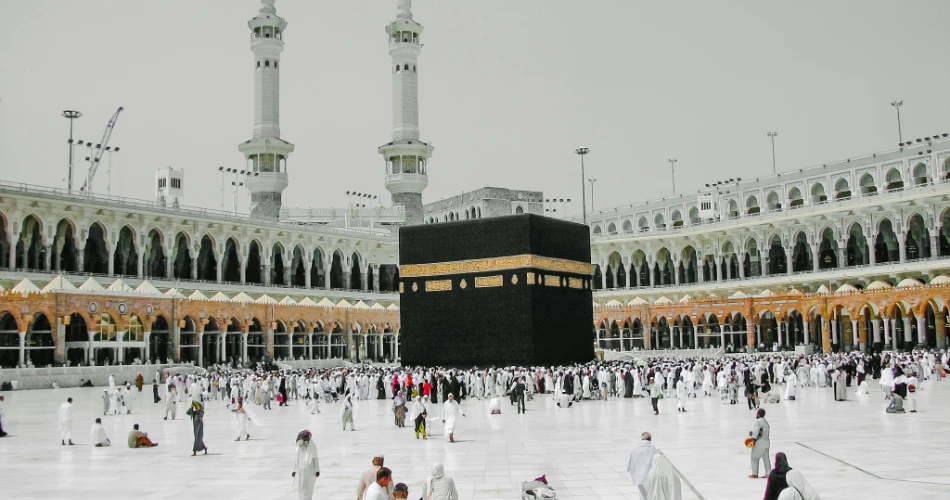
The Hajj, the sacred pilgrimage to the Holy Kaaba in Mecca, is a profound journey that every devout and able Muslim is encouraged to undertake at least once in their lifetime. During this pilgrimage, thousands of Muslims also visit the Prophet’s Mosque to perform prayers there and also visit the Green Tomb, which is the burial place of Prophet Muhammad (PBUH). Other than the pilgrimage, hundreds and thousands of Muslims visit the city of Madinah to explore the beautiful Prophet’s mosque and get enchanted by its significance in the religion of Islam.
Praying In the Prophet’s Mosque Brings Multiplied Rewards
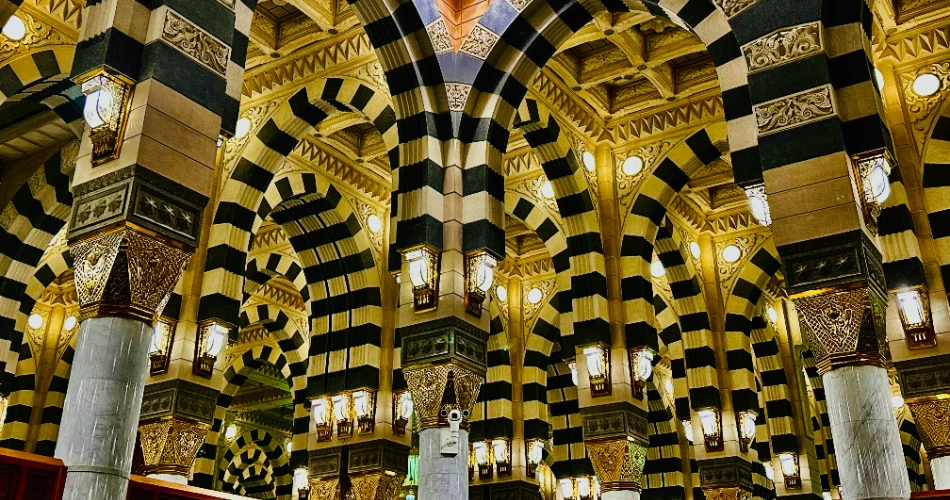
Muslims deeply believe that the spiritual rewards of praying at the Prophet's Mosque, Masjid an-Nabawi, surpass those of offering a thousand prayers elsewhere. Renowned Islamic scholar Sheikh ibn Uthaimin underscores this point, emphasizing that the multitude of blessings associated with prayer in Al-Masjid An-Nabawi makes it superior to performing obligatory prayers anywhere else. This belief underscores the Prophet's Mosque's profound spiritual significance, and the immense benefits derived from praying and worshiping within its sacred walls.
Non-Muslims Are Not Permitted to Enter the Prophet’s Mosque
Islam considers Medina a sacred city. Non-Muslims are restricted from entering the central Nabawi Square, home to the Prophet's Mosque, a sacred area known as the "haram." However, they are welcome to visit other parts of Medina.
The Prophet Mosque Within the Arabian Peninsula Introduce Electric Lighting
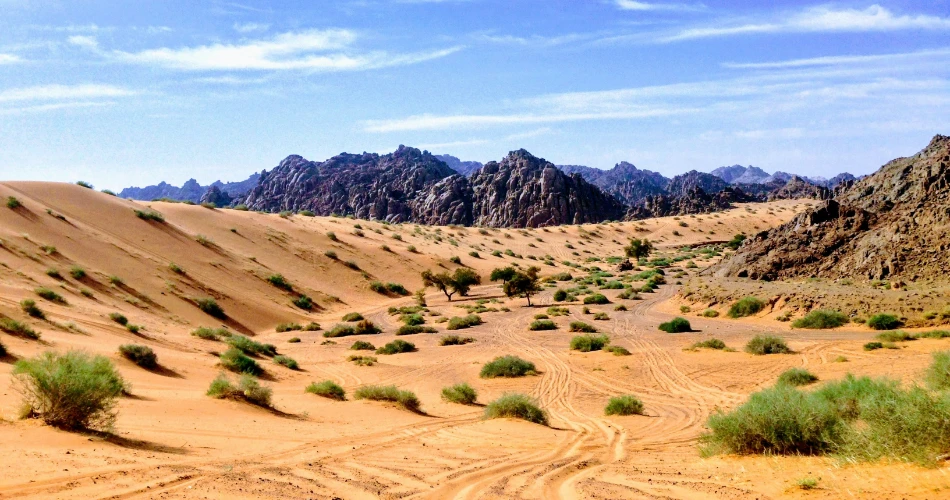
The Prophet’s mosque in Medina was the very first place in the Arabian Peninsula to be illuminated by electricity in the year 1909, during the rule of Ottoman Ruler Abdul Hamid II. The interior of Prophet's Mosque now features more than two thousand chandeliers plus 100 thousand bright lights. Additionally, the Masjid-e Nabawi has approximately one thousand speakers to ensure that pilgrims may hear the khutbas as well as recitation clearly. The Fajr Azan, a call for morning prayers, may be audible from as far as ten kilometers (6.2 miles) distant because of the loudspeakers atop the main tower.
Your perfect stay in Medina near the Prophet’s Mosque starts here. Book now at MedinaHotels.co!



